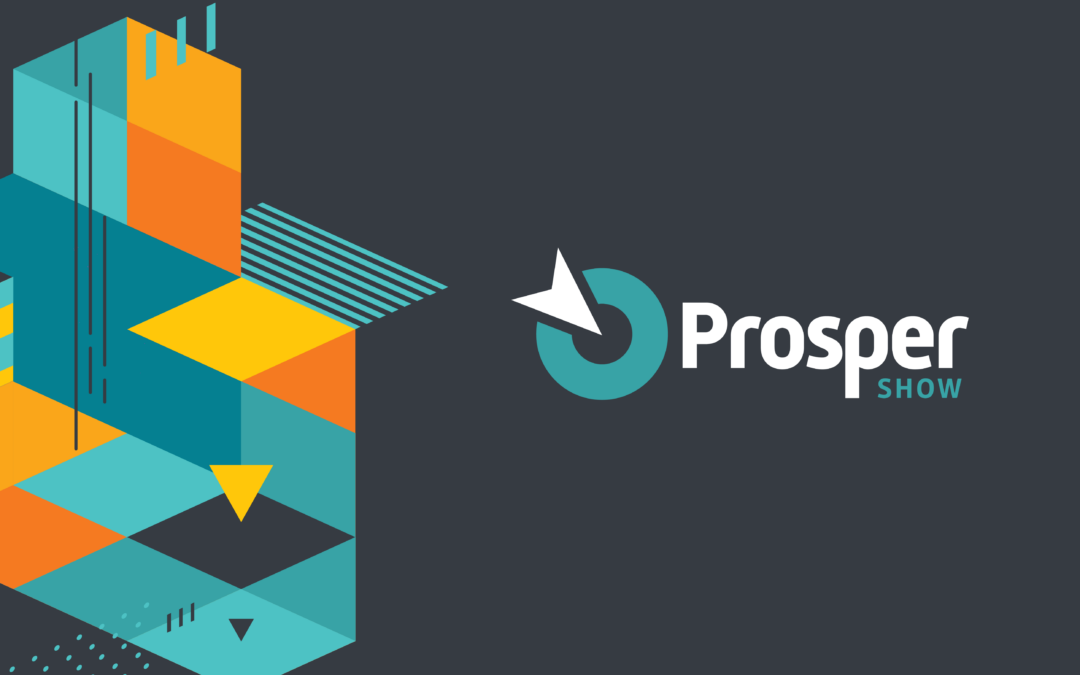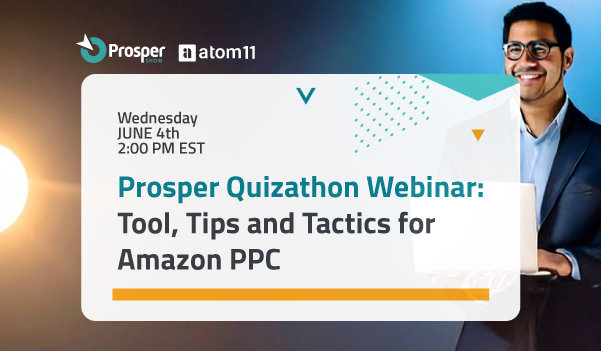If you’ve ever watched Shark Tank, you know the easiest way to be eaten alive by the sharks is fumbling over financial metrics. All entrepreneurs, whether in the tank or not, need to know their numbers.
Large companies have the benefit of in-house accounting teams and dedicated financial officers to manage their finances and maximize profitability. For Amazon Sellers, it is understandably harder for you to step away from your day-to-day tasks to focus on these intricate details, but it is crucial to your long-term success.
You don’t need to be a seasoned financial analyst to effectively understand your financials. In an ever-growing and much more competitive marketplace, having that financial intel can set you apart from the rest. Here are some tips on how to better understand your finances to power your Amazon journey.
1) Determine & Track your KPIs
Key Performance Indicators (KPIs) are metrics that measure the health of your business. There are many KPIs out there, so you want to pay attention to those KPIs that are not only relevant to your industry but also relevant to the objectives you’ve defined for your business.
To get started and better understand how your inventory and sales translate into profitability, we recommend tracking the following KPIs:
-
- Inventory to Sales Ratio
-
- Inventory Turnover
-
- Gross Margin Return on Investment
-
- Days Sales of Inventory
Check out our infographic on how to calculate each of these KPIs and what to look out for in your analysis.
2) Differentiate between profits and free cash flow
Many Amazon Sellers confuse profits with cash flow. Cash flow is the amount of money that moves in and out of a business each month whereas profit is the total earnings after all expenses are subtracted from revenue. It is an easy mistake to assume that because you are making a profit on each sale, then you’ll have enough cash flow to invest in and grow your business.
Unfortunately, this is not always the case. You can make money on each sale but still have your cash tied up in inventory and outstanding receivables. Particularly when considering the 14-day delay that your business faces in getting paid by Amazon, lack of cash flow becomes an issue that can prevent you from taking advantage of better pricing from suppliers and vendors, and proactively investing in your business – two crucial components in staying in the buy box.
3) Explore Financing Options
Once you have a good grasp of your financial health and cash flow, it often makes sense to explore financing options to mitigate gaps in cash flow, build a safety net, and further grow your operations.
Sellers have different options for financing, including:
Amazon Lending – Amazon has recently started offering direct loans to Amazon Sellers via the Amazon Lending program, where Amazon Sellers can borrow capital from Amazon at rates similar to a credit card. Amazon Lending is an invitation only program based on a Seller’s sales history so you cannot apply unless you have been personally invited by Amazon.
Small Business Loans – Small business loans can be a good option for more established Sellers but have strict underwriting requirements. To be considered for this type of loan, you will likely need a credit score over 700+ with formal financials and a business plan to convince the lender of your creditworthiness. If you are offered a loan, make sure you understand the APR and any hidden fees and obligations.
Merchant Cash Advance – MCA loans provide a cash advance based upon the purchase and sale of your future sales. There are no regular fixed payments with an MCA, but the lender will collect a set percentage of the daily sales. This can be an extremely expensive option for obtaining financing, and you should be mindful to ensure it does not affect your overall profitability due to high fees.
Credit Cards – Many Amazon sellers use credit cards to finance their inventory and other business expenses. This can be a helpful supplement based on the immediate availability of capital to make purchases but should never be used as a primary means of capital. Failure to pay credit card bills due to inventory snafus or gaps in cash flow can have lasting effects on your personal credit and can damage your financial business health. This method is best used for short-term or one-off expenses.
IdeaFaktor – IdeaFaktor offers an invoice factoring solution that is specifically designed to help Amazon sellers get paid faster on their completed Amazon sales. Instead of waiting up to 14 days to be paid by Amazon, IdeaFaktor can help give you access to 50-65% of your receivables the day after the sale is made. Unlike other financial products that offer an advance on receivables, IdeaFaktor only charges on the amount that is advanced to the Seller. IdeaFaktor does not make you pay a fee on your total sales. You pay a fee only for the cash advanced to you, resulting in a more affordable and flexible financing option.
To find out more about financing options with IdeaFaktor, please visit www.ideafaktor.com
* * * * * * * * * * * * * * * * * * * * * * * * * * * * * * * * * * * * * * * * * * * * * * * * * * * * * * * * * * * * * * * * * * * * * *
If you enjoyed this content, consider joining us at PROSPER Show, March 13-14, 2018 at the Las Vegas Convention Center.





Recent Comments